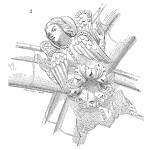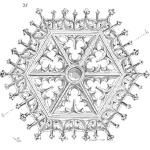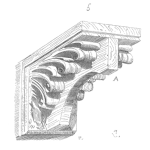
How the 3T’s of Human Error Prevention and Mistake Proofing – Target, Tolerance, Test – were Discovered
Human errors and mistakes cause 80 percent of industrial equipment failures. That humans cause most problems has long been known. It has been difficult to find reliable ways to prevent human error, but an Arab craftsman taught me the 3Ts of error prevention and mistake proofing work.
[Read more…]











